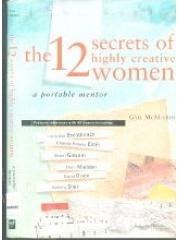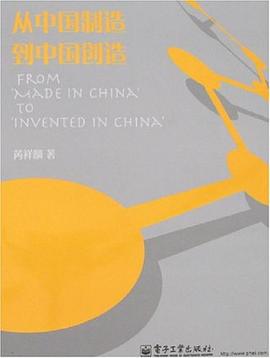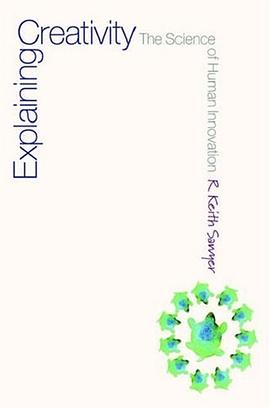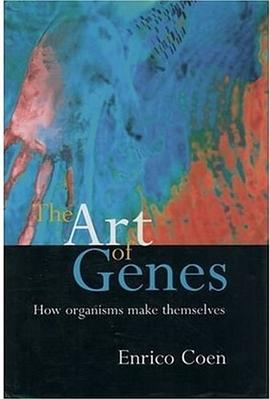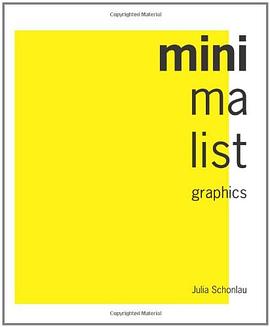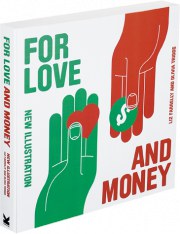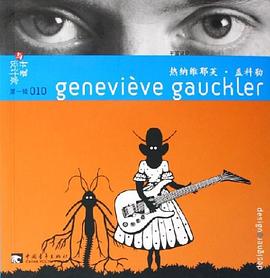
To survive and prosper in the long term, people in companies need to create and innovate. And they need to do so as regularly and reliably as they breathe. We begin our discussion of the need for creativity with a look at a successful company that recognized and met a serious new challenge by installing effective creative practices. In the late 1980s, Steelcase Inc., one of the largest U.S. manufacturers of office furniture, like its competitors was investing heavily in research and development in the hot area of its business, modular furniture units. "We had all evolved to the same perspective," says Mark Greiner, senior vice president of R&D at Steelcase. "There was an accepted framework in the industry, defined by three points on a triangle: high design, low cost, and customer relationship."Furniture companies had been differentiating themselves along the points of that triangle for some time. Steelcase was proudest of its customer relationships and placed most of its emphasis on maintaining that edge. "But in fact," Greiner says, "all the manufacturers, by watching each other, had gravitated over time toward safer and safer ground in the middle of the triangle defined by those three points." Thus, the differences between Steelcase and its rivals had grown almost nonexistent. "We were supposedly the most advanced office furniture company in the world, but in fact we were looking pretty much like our competition," he says. Worse, the customer was in motion. The exciting technological liberties of computing and communications made office design and furniture seem less urgent, even less relevant to some businesses. This realization didn't come suddenly, says Greiner."But it started creeping more often into our conversations. Where's the difference? What's our value?" While the industry focused on a familiar, well-understood, highly defined world, the real world was changing. Steelcase needed to break free of many long-held beliefs about customer needs, beliefs that had become invalid. To reconnect with office furniture buyers, the company needed new ideas.Steelcase in the late 1980s qualified as a candidate for creativity and innovation, and through the course of the book, we'll follow the Steelcase story. But the Steelcase story is not unique. Corporate leaders in almost any business today need to know the fundamental elements for initiating and sustaining creativity and innovation. And they must understand the ways in which those elements work together. The speed of change in the economy has long since penalized companies and industries that try to coast with scattershot innovation or a single moment of creative serendipity. It now punishes even strategically astute companies that make serious but only sporadic, isolated, or conventional efforts at creativity and innovation. In the 1870s, Aaron Ward targeted quality-and-value-starved rural shoppers with a single-page, cash-only price list mailed to National Grange members. There was enough creativity and innovation in that business plan to start Montgomery Ward on a 125-year run.The only further innovation of any scope, however, was to build out stores across the country, a strategy that within a few decades caused the company to fall so far behind the pace of change in contemporary imagination and desires that customers stayed away. Still, 125 years is a good ride. Increasingly, the time period that an innovation can last is far shorter. Look at the home audio music business. The music box controlled that market for 100 years. The phonograph controlled the market for 70 years. Cassette tapes dominated for 25 years until the arrival of CDs. Now, after 10 years, CDs compete with mini-disks, DVDs, MP3, and the Internet. And, as if the inexorable compounding in the rate of technological change weren't sufficiently uncomfortable, consider Digital Equipment Corporation and Wang.In 1985, the two pioneering computer companies were at the top of their business and successfully defending their competitive advantages by locking in corporate customers with exclusive networks of proprietary machinery and software. Within a decade both companies were as good as gone, victims of a home computing and open architecture evolution that bypassed their proprietary protections. Not only, then, does competitive advantage have a time limit, a limit shrinking before the accelerating pace of technological change, but resources given to protecting today's competitive advantage can distract companies from keeping an eye on the creative work of developing and deploying the innovations that could drive tomorrow's business.Harvard Business School professor Rosabeth Moss Kanter draws an analogy between doing business now and playing croquet beside Alice in Wonderland, with the mallets, balls, wickets, and stakes all alive and all whimsically free to decide when and how they want to move. And Dartmouth business professor Richard D'Aveni says that relying too long on a competitive advantage is like "shoveling sand against the tide." The message in all this, as Steelcase found out, is that tomorrow, with all its surprises, comes more relentlessly and more quickly than ever before. To respond to and take advantage of the surprises, individuals and companies will want to be as ready as possible. And readiness requires creativity. We contend that the successful companies will have established constant, systemic creativity. They'll do so to fuel the moment-to-moment innovative responses a high-speed marketplace demands.They'll do so to maintain imaginative resources that can project operations into a future that will change even faster than the present. They'll do so to develop, in our here-and-gone business environment, the reliably pliable foundations from which breakthrough innovations can be launched. Companies will strive to become systemically creative because creativity pays. It pays financially and it provides a rich array of other rewards: employee and customer satisfaction, incremental growth, the flexibility to match relentless change, the ability to attract good talent, elevated market interest, and strengthened competitive readiness. The rewards of some of the creativity programs that we explore in the book are illustrative. Early into a creativity change program, APL/NOL, a major ocean shipping company, has measured an impact of $46.6 million from cost reduction and avoidance, revenue increase, and improved asset management. Tufts Health Care, now the second-largest HMO in New England, reached its goal of one million members two years ahead of schedule, tripling its membership in five years. Since then it has launched eleven significant new products or services and won four innovation awards. In 1999 Newsweek ranked THCP second among U.S. managed care plans across all categories surveyed. And CareData, the health-care division of J.D. Power, has rated THCP the best overall HMO in metropolitan Boston every year since 1996. Snack-food giant Frito-Lay attributed more than $100 million in cost reductions to creativity training sessions for employees. Medical equipment maker Guidant leaped onto Fortune's list of the top 100 companies to work for, coming in thirty-first in its first try. The diversified technology company 3M, aggressively pursuing innovation, estimates that it has generated more than $4 billion from new product introductions for each of the last four years.People under the leadership and creativity support of Peter McGhee, vice president of national programming at WGBH, a public broadcasting company in Boston, have earned it more than fifty Emmy awards, thirty-seven Peabody awards for broadcast excellence, and twenty-five duPont-Columbia journalism awards. Sysco Corporation, a $23 billion food distributor, reports that employees who participated in creativity training increased their sales an average 25 percent to 30 percent. With the addition of Islands of Adventure, attendance at Universal Studios' two Florida theme parks climbed 11 percent between 2000 and 2001, while crowds at Disney's four Florida parks dropped 6 percent. In its first year, Steelcase's Leap chair, born from the company's new direction and magnified focus on the user, became one of the top-selling chairs in the world.In "Creativity, Inc.", our goal is to enhance a company's ability to create and innovate-reliably, systemically, without stop. We start with six essential understandings that weave through the book and the creative process. There is no recipe for systemic creativity. There is no fixed recipe for all or even most companies.The field of systemic creativity and innovation is still so immature that there are none of the requisite benchmarks needed for universal recipes. In fact, our experience suggests that while more specific guidelines will evolve, a more complete and replicable formula for creative success will be elusive for quite some time. So, instead of a recipe, "Creativity, Inc." provides the foundational principles and practices a company needs to build the framework that's right for itself. Creativity and innovation are two distinct concepts. Although people often use the terms interchangeably, creativity and innovation differ from one another.Each demands different treatment, and each has a different science. To paraphrase Harvard Business School's Teresa Amabile, a leading researcher in the field, creativity is the generation of novel and appropriate ideas. 5 Innovation, as we define it, implements those ideas and thereby changes the order of things in the world. Creativity is about breaking down prior assumptions and making new connections for new ideas. Innovation means taking new ideas and turning them into corporate and marketplace reality. True innovation, as opposed to low-level refinement, takes extended creative effort, yet much of the innovation effort lends itself to direction and organizing. It's much harder to organize, direct, and command the creation of first ideas; you have to encourage and tease out creativity individual by individual.Both creativity and innovation need to be nurtured at every level and function for a corporation to become systemically creative. Creativity happens with individuals...
具體描述
讀後感
評分
評分
評分
評分
用戶評價
相關圖書
本站所有內容均為互聯網搜索引擎提供的公開搜索信息,本站不存儲任何數據與內容,任何內容與數據均與本站無關,如有需要請聯繫相關搜索引擎包括但不限於百度,google,bing,sogou 等
© 2025 qciss.net All Rights Reserved. 小哈圖書下載中心 版权所有



